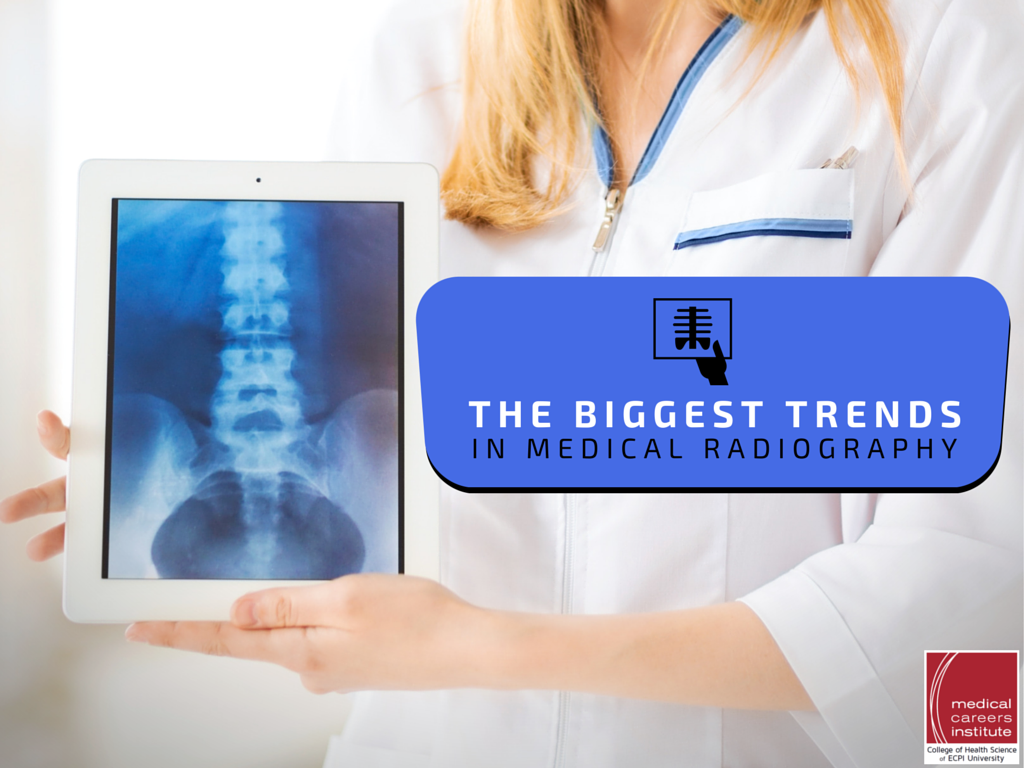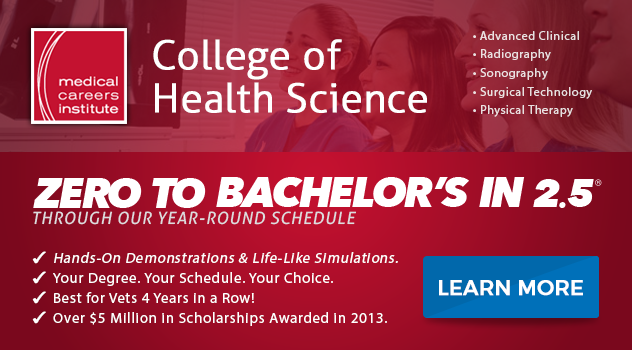 Some people yearn for the steady, predictable routine of a nine-to-five job. Some people thrive on the forefront of change. Maybe youâre like that. Not only do you enjoy challenge and change, you welcome the new, the innovative, and the exciting. If throughout your career you want to be positioned where the bold, the new, and the miraculous are everyday parts of your work, you may want to explore a career in medical radiography. The changes just within the past few months in this field are dizzying [
Some people yearn for the steady, predictable routine of a nine-to-five job. Some people thrive on the forefront of change. Maybe youâre like that. Not only do you enjoy challenge and change, you welcome the new, the innovative, and the exciting. If throughout your career you want to be positioned where the bold, the new, and the miraculous are everyday parts of your work, you may want to explore a career in medical radiography. The changes just within the past few months in this field are dizzying [ ![]() Click to Tweet This ], and promise to bring even greater levels of relief, treatment and cure to future patients.
Click to Tweet This ], and promise to bring even greater levels of relief, treatment and cure to future patients.
Global Teleradiology
What is teleradiology? Imagine being a radiologic technologist in a Virginia medical facility working and communicating with a doctor in Togo, Africa. Your skills are vital to allow the remotely-located doctor to see and understand sharp, clear images generated by CT scan. Recent advances in the quality and consistency of teleradiology now allow specialists to treat patients anywhere a satellite link can be established.
Estimated to grow at a compound annual growth rate (CAGR) of 22.3 percent from 2013 through 2019 [ ![]() Click to Tweet This ] , global teleradiology is a dynamic and expanding market. By transmitting radiography images via internet without constantly converting the coding from binary to analog, the modern teleradiology hardware and software allows for unprecedented image quality. Additional benefits:
Click to Tweet This ] , global teleradiology is a dynamic and expanding market. By transmitting radiography images via internet without constantly converting the coding from binary to analog, the modern teleradiology hardware and software allows for unprecedented image quality. Additional benefits:
- Decreased time needed for image transfer
- Teleradiology capabilities can be utilized in X-Ray, Ultrasound, MRI and Nuclear imaging
- Increased rates of diagnosis
- Seamless consultation, across time zones and software platforms
- Truly mobile access, allowing doctors to diagnose and consult from anywhere, even while commuting
A radiologic technologist fully versed in the use of cloud computing can be the most important link in the chain of information connecting stored medical images to specialists. Through the skills of a radiologic technologist, an American patient in an internet-connected hospital in Asia can benefit from the fine training and knowledge of an American physician stationed in Virginia.
If you have a compassionate heart with a science-minded brain, the job of radiologic technologist could be your ideal career. You can use advanced technology to bring relief and help to those who need it, no matter where they are.
Three Dimensional Mammography
Digital breast tomosynthesis (DBT) stepped into the spotlight in recent months. This screening methodâalso known as a 3D mammogramâis expected to increase in use, especially with a proven track record of providing a more thorough examination of dense tissue.
Advantages of 3D mammography are documented:
- Fewer call-backs for additional imagingâFrom a study by the American Medical Association (AMA), researchers reported a 15 percent reduction in such call-backs, decreasing patient anxiety [
 Click to Tweet This ]
Click to Tweet This ] - Increased identification of small, aggressive, potentially fatal tumorsâAs with any cancer, early detection significantly increases chances of success in treatment and survival; the report showed a 41 percent increase in detection rates [
 Click to Tweet This ]
Click to Tweet This ]
Digital breast tomosynthesis is akin to a computerized tomography (CT) scan, where a typical mammogram is, essentially, an X-ray. The 3D mammogram allows an oncologist to examine individual image âslicesâ of the affected tissue, much like the pages of a book. The typical mammogram is a single image, making diagnosis of tiny tumors very challenging.
The oncologist, of course, depends upon skilled technicians, such as those equipped with an Associate of Applied Science Degree in Health Science, to provide the 3D mammography images for scrutiny. If you feel ready to step into a challenging position, where your work can make a huge difference, you may be ready to begin training as a radiologic technologist.
Multimedia-Enhanced Radiology Reporting (MERR)
Recent studies show that multimedia-enhanced radiology reports (MERRs) are not simply a wave of the futureâthey are the future of the entire field. An overwhelming 80 percent of study respondents said MERRs improved radiology results by exactly correlating images to written text.
I love this ecpi medical thing
â 08/04 (@_nmonae) January 26, 2015
These three advancesâunlike radiology itselfâbarely get beneath the surface of this important work. Entire journals keep radiologists, radiologic technologists and others in the medical field of radiology informed of advances and breakthroughs. Before you can start reading any of them, you need an education. You can earn your Associate of Applied Science Degree in Health Science â Medical Radiography in just 19 months through ECPI Universityâs year-round program. To find out how you can join this exciting field, contact ECPI University today. It could be the Best Decision You Ever Make!
DISCLAIMER â ECPI University makes no claim, warranty or guarantee as to actual employability or earning potential to current, past or future students or graduates of any educational program we offer. The ECPI University website is published for informational purposes only. Every effort is made to ensure the accuracy of information contained on the ECPI.edu domain; however, no warranty of accuracy is made. No contractual rights, either expressed or implied, are created by its content.
Gainful Employment Information
For more information about ECPI University or any of our programs click here: http://www.ecpi.edu/ or http://ow.ly/Ca1ya.


